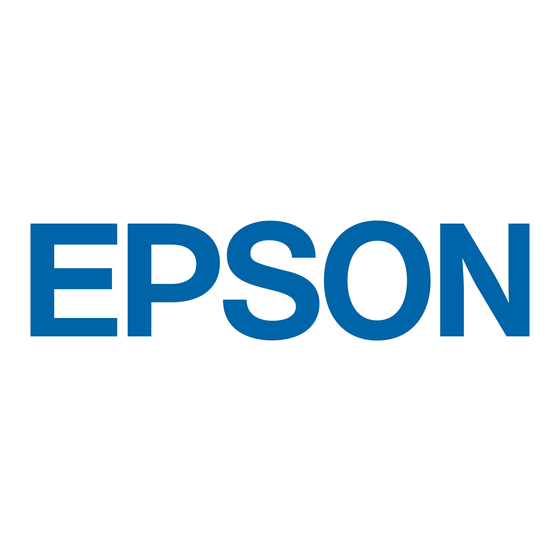Epson 1680 - Expression Special Edition 매뉴얼 - 페이지 5
{카테고리_이름} Epson 1680 - Expression Special Edition에 대한 매뉴얼을 온라인으로 검색하거나 PDF를 다운로드하세요. Epson 1680 - Expression Special Edition 11 페이지. Color image, expression series
Epson 1680 - Expression Special Edition에 대해서도 마찬가지입니다: 사용자 설명서 (7 페이지), 브로셔 및 사양 (24 페이지), 제품 정보 (9 페이지), 여기에서 시작 (4 페이지), 사양 (2 페이지), 제품 지원 게시판 (23 페이지), 업데이트 (1 페이지), 제품 지원 게시판 (40 페이지), 제품 지원 게시판 (17 페이지), 제품 지원 게시판 (3 페이지), 제품 지원 게시판 (24 페이지), 보증 (2 페이지), 제품 지원 게시판 (29 페이지), 제품 지원 게시판 (8 페이지), 제품 지원 게시판 (3 페이지), 제품 지원 게시판 (14 페이지), 제품 지원 게시판 (1 페이지), 제품 지원 게시판 (5 페이지), 제품 지원 게시판 (18 페이지), 제품 지원 게시판 (12 페이지), 제품 지원 게시판 (40 페이지), 제품 지원 게시판 (11 페이지), 제품 지원 게시판 (40 페이지), 제품 지원 게시판 (22 페이지), 제품 지원 게시판 (12 페이지), 제품 지원 게시판 (21 페이지), 매뉴얼 (24 페이지)

